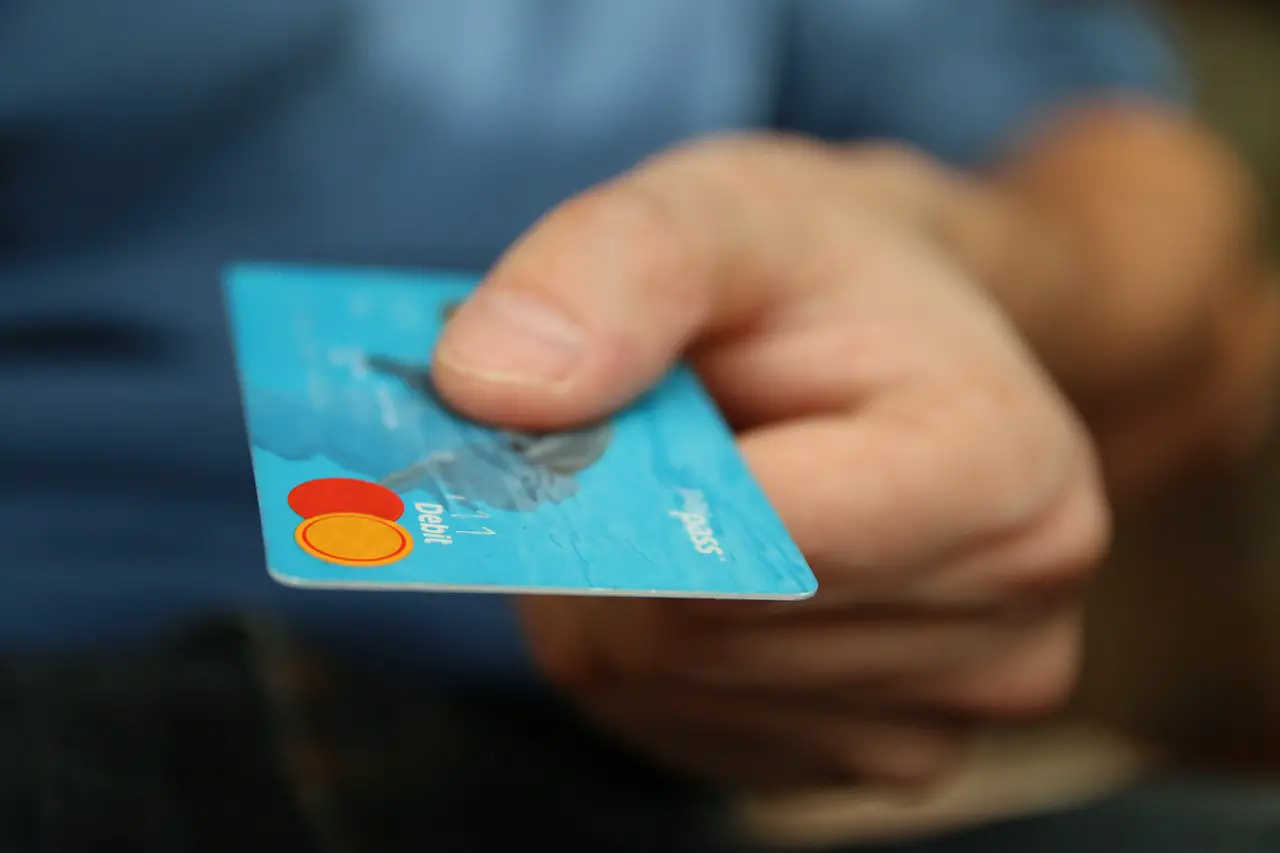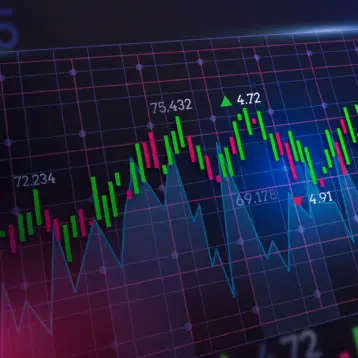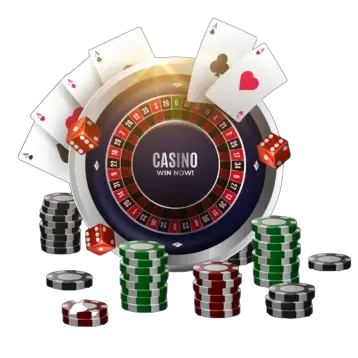
While many people legitimately pay for products and services, there are many others who don’t; they’ll use forged money, checks and stolen or cloned credit cards to defraud shops and businesses out of goods.
Payment fraud is a major problem despite measures to thwart fraudsters such as advanced card payment technology; it’s estimated that in 2018 U.S. merchants lost well over $6 billion to CNP (card not present) payment fraud.
Checking checks
Forged money and checks are common ways payment frauds are perpetrated. Modern accounting packages can now offer security measures where the check itself is very difficult to forge with features such as an embossed hologram along with anti-photocopying and anti-tampering properties.
Ways to spot a fraudulent payment:
- Excessively large amounts of product bought
If someone is using a forged check, a stolen or bogus card or forged dollar bills then their priority is to get as much benefit as they can as quickly as they can before the fraud may be uncovered.
Therefore, they’ll look to make possible a large order in one go, and this may seem suspicious if you’re used to lowering volume orders in general – especially if new customers usually order a lower quantity to start with.
When it’s a new customer placing an order, do they behave in the way your usual new customers might? Anything deviating from what’s considered typical behavior should sound an alarm – and look for ways their card may be bogus.
- Shipping cost irregularities
If your customer orders items of relatively low value but is happy to pay high shipping for them, then this is a red flag: legitimate purchasers wouldn’t likely spend too much on shipping relative to the cost of the items.
A fraudster, on the other hand, may well do as they’d like the item to be delivered as soon as possible before the fraud may be detected in the case of a card, not present (CNP) transactions.
- No interest in company policies
When buying a comparatively high ticket item, most purchasers are keen to understand things such as shipping routines, returns policies, warranties and so forth.
A fraudster may not be that bothered; they’re keen to finish the purchase as soon as possible so as to ensure a speedy transaction before the bogus credit card is detected.
So, if it seems odd that the customer isn’t taking as much interest in ‘the small print’ as others might then it could be grounds for suspicion.
- International orders
Fraudsters are likely aware they stand a very slim chance of being caught or prosecuted outside the U.S. so proceed carefully with international transactions – especially if other factors such as buying large quantities and not be bothered much about terms and conditions seem present.
It’s also worth checking where the order is coming from; if it’s a country where fraud is known to be an issue then alarm bells should ring.
- Reluctance to collect in store
If customers usually collect their purchase instore and your customer is reluctant to do so – even to the point of offering to pay exorbitant shipping costs – then this is a sign they don’t want to have to physically show the card they’re using.
It’s easier for merchants to safeguard against fraud in card present (CP) transactions as opposed to those online or over the phone, so tread very carefully.
Indeed, you’d be right to delay the purchase while you seek further card authorization. This will likely put the purchaser off if they’re buying fraudulently.
Trusting instincts
When something doesn’t feel or look quite right then it’s important to take the time to seek extra verification. Genuine customers usually won’t mind as they’re happy you’re taking precautions, while a fraudster will likely be put off trying to complete the transaction.










